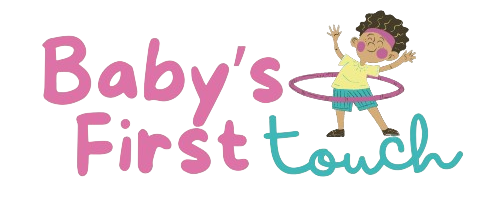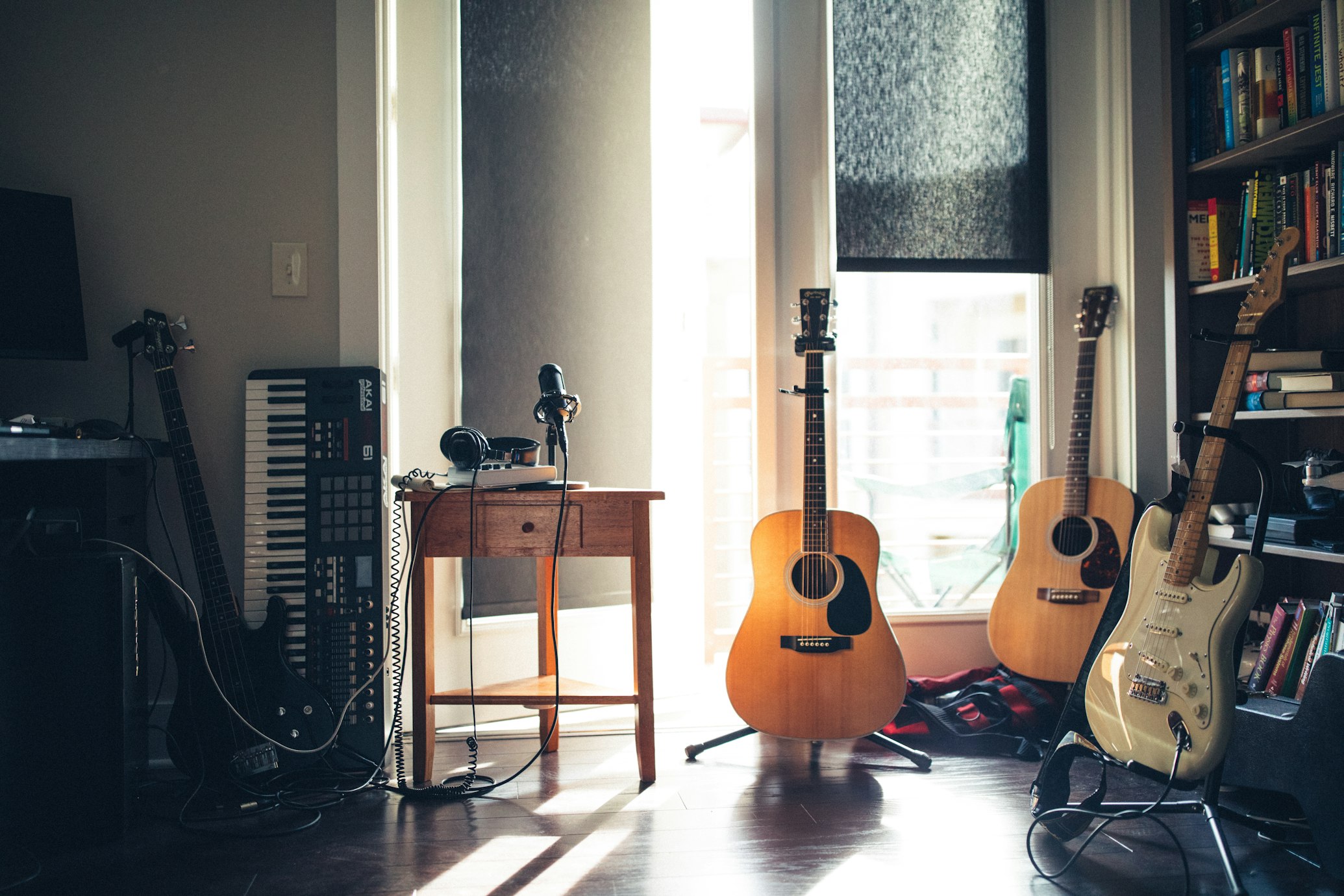Table of Contents
- The Symphony of the Mind: Why Music and Play Fuel Creativity
- Tuning In: The Cognitive and Emotional Perks of Music-Based Play
- The Playground Orchestra: Practical Music-Based Play Ideas for All Ages
- Setting the Stage: Cultivating a Creative Musical Environment
- Beyond the Notes: Long-Term Impact and Wider Applications
- Conclusion: Let the Music Play, Let Creativity Flow
Strike a Chord for Genius: Enhancing Creativity Through Music-Based Play
Ever found yourself tapping your foot to a catchy beat, humming a melody unconsciously, or feeling a surge of emotion from a powerful song? Music has an undeniable, almost primal connection to the human spirit. Now, imagine blending that potent force with the boundless freedom of play. What emerges is a dynamic combination: music-based play, a surprisingly powerful catalyst for unlocking and enhancing creativity.
We often associate creativity with artistic pursuits like painting or writing. But true creativity is much broader – it’s the ability to generate novel ideas, solve problems in innovative ways, adapt to change, and see the world from fresh perspectives. It’s a critical skill in virtually every aspect of life, from navigating personal challenges to driving professional success. And guess what? Engaging with music through playful exploration might just be one of the most enjoyable and effective ways to cultivate it, regardless of your age or perceived musical talent.
Forget rigid lessons and the pressure to perform perfectly. We’re talking about banging on pots and pans, singing silly made-up songs, dancing freely to rhythms, improvising melodies on a simple instrument, or even just listening deeply and letting the sounds spark your imagination. This article dives deep into the fascinating world of music-based play and explores how it acts as a potent fertilizer for the garden of your creative mind. Get ready to discover the science, the practical applications, and how you can start making beautiful creative ‘noise’ today!

The Symphony of the Mind: Why Music and Play Fuel Creativity
Before we explore the ‘how,’ let’s understand the ‘why.’ What makes the combination of music and play such a potent force for fostering creative thinking?
Deconstructing Creativity: More Than Just Art
Creativity isn’t some mystical talent bestowed upon a chosen few. It’s a cognitive function involving several key elements:
- Divergent Thinking: The ability to generate multiple unique ideas or solutions to a problem. Brainstorming is a classic example.
- Convergent Thinking: The ability to evaluate those ideas and zero in on the most effective or appropriate one.
- Problem Sensitivity: Recognizing that a problem or opportunity exists in the first place.
- Flexibility: Shifting perspectives and adapting approaches.
- Originality: Producing ideas that are novel and unconventional.
- Elaboration: Developing and refining initial ideas.
Creativity thrives on curiosity, experimentation, and the willingness to make mistakes – all hallmarks of genuine play.
Music’s Neurological Tune-Up for Creativity
Music isn’t just auditory wallpaper; it actively engages multiple areas of the brain simultaneously. Here’s how it primes the mind for creative thought:
- Emotional Resonance: Music powerfully evokes emotions. This emotional engagement can lower inhibitions and open up pathways for more expressive and original thought. Think about how a certain song can instantly change your mood or spark a memory – this connection is key.
- Pattern Recognition & Prediction: Listening to music involves constantly recognizing patterns (melodies, rhythms, harmonies) and predicting what comes next. This strengthens neural circuits involved in anticipation, sequencing, and understanding structure – skills crucial for creative problem-solving.
- Enhanced Memory & Attention: Learning melodies, rhythms, or lyrics exercises memory functions. The engaging nature of music can also improve focus and sustained attention.
- Whole-Brain Activation: Unlike some activities that predominantly use one hemisphere, music processing engages both the left (structure, lyrics, theory) and right (emotion, melody, intuition) hemispheres, promoting integrated thinking which is vital for complex creative tasks.
- Dopamine Release: Enjoyable music triggers the release of dopamine, a neurotransmitter associated with pleasure, motivation, and reward. This positive neurochemical environment can make us more open to new experiences and ideas.
The Indispensable Role of Play
Now, add play into the mix. Play is learning in its purest form. It’s intrinsically motivated, process-oriented (the journey matters more than the destination), and free from the fear of failure. When music engagement becomes playful:
- Inhibition Vanishes: The pressure to be ‘good’ disappears. You’re free to experiment, make ‘weird’ sounds, sing off-key, or dance awkwardly. This freedom is essential for breaking established patterns and discovering novelty.
- Exploration is Encouraged: Play invites curiosity. What happens if I hit this drum softly? Loudly? What sound does this homemade shaker make? This exploratory mindset is fundamental to creativity.
- Improvisation Flourishes: Play is often spontaneous. Making up a silly song on the spot or creating a rhythm requires quick thinking, adaptation, and drawing on existing knowledge in new ways – the heart of improvisation and a core creative skill.
- Risk-Taking Feels Safe: In a playful context, trying something new musically isn’t high-stakes. This perceived safety encourages venturing outside comfort zones, a necessary step for creative breakthroughs.
So, music-based play isn’t just fun; it’s a targeted workout for the creative brain, leveraging music’s neurological benefits within the safe, exploratory framework of play.

Tuning In: The Cognitive and Emotional Perks of Music-Based Play
Engaging in playful musical activities yields a cascade of benefits that directly and indirectly enhance our creative capacities.
Boosting Divergent Thinking and Idea Generation
Musical improvisation, a cornerstone of music-based play, is divergent thinking in action. Whether it’s making up a new melody, experimenting with rhythms, or creating sound effects for a story, you’re constantly generating new possibilities from a basic starting point. This practice strengthens the mental muscles needed for brainstorming and seeing multiple solutions to a problem.
Sharpening Problem-Solving Skills
Figuring out how to make a desired sound, how to fit a rhythmic pattern together with others, or how to convey an emotion through music involves active problem-solving. Play encourages trial-and-error. If one approach doesn’t work (e.g., hitting the drum too hard), you playfully adjust and try another. This iterative process builds cognitive flexibility and resilience – key components of effective problem-solving.
Developing Emotional Intelligence and Empathy
Music is inherently emotional. Through music-based play, individuals learn to:
- Express Emotions Safely: Banging loudly on a drum can be a release for frustration, while a gentle melody might express sadness or calm. Play provides a non-verbal outlet for feelings.
- Recognize Emotions in Sound: Identifying the emotional tone of music (happy, sad, exciting, calm) hones emotional recognition skills.
- Connect Emotionally with Others: Making music together, even simple rhythm games, requires listening and responding to others, fostering empathy and social connection. Understanding and navigating emotions is crucial for many forms of creative expression and collaboration.
Improving Memory, Focus, and Listening Skills
Remembering melodies, song lyrics, or rhythmic patterns strengthens auditory memory. Staying engaged in a musical activity, especially interactive ones, improves focus and attention span. Furthermore, music-based play inherently cultivates active listening – paying attention to pitch, rhythm, dynamics, and the sounds others are making. These foundational cognitive skills support complex creative thought processes.
Reducing Stress and Fostering Psychological Safety
The act of playing, combined with the stress-reducing effects of music itself (like lowering cortisol levels), creates a relaxed state of mind. Creativity often flourishes when we’re not feeling stressed or anxious. Music-based play provides a psychologically safe space where judgment is suspended, making individuals more willing to be vulnerable, experiment, and express authentic ideas without fear of criticism. This is fertile ground for creative exploration.
The Playground Orchestra: Practical Music-Based Play Ideas for All Ages
Okay, theory time is over! How can you actually bring music-based play into your life or the lives of those around you? The fantastic news is that it doesn’t require expensive instruments or formal training. The focus is on participation, exploration, and fun.
For Young Children (Early Years – Ages 0-6)
This age is all about sensory exploration and foundational experiences.
- Rhythm & Movement Games: Clap hands, stomp feet, tap knees to simple songs or nursery rhymes. Use colourful scarves or ribbons to ‘dance’ the music. Play freeze dance – dance when the music plays, freeze when it stops.
- Sound Exploration Station: Gather safe household items: pots, pans, wooden spoons, plastic containers filled with rice or beans (DIY shakers), keys, textured objects to scrape. Let them explore the sounds freely. Introduce simple instruments like tambourines, maracas, or a xylophone.
- Sing-Alongs & Musical Storytelling: Sing familiar songs, and encourage making up new silly verses. Use sounds and simple melodies to enhance storytelling – a ‘boing’ sound for jumping, a slow rhythm for walking sadly, etc.
- Musical Art: Play different types of music (fast, slow, loud, quiet, classical, pop) and have children draw or paint how the music makes them feel or what it makes them imagine.
- Body Percussion Fun: Teach simple patterns using clapping, snapping, stomping, and tapping different body parts.
For Older Children & Teens (Ages 7-18)
They can engage in more structured, yet still playful, activities.
- Instrumental Improvisation: Provide access to simple instruments like keyboards, ukuleles, recorders, or percussion. Encourage experimenting with scales or modes as a base for creating spontaneous melodies. Music apps on tablets or computers offer accessible ways to experiment with sounds and loops.
- Playful Songwriting: Start with simple song structures (like blues or folk songs). Brainstorm themes or words and collaboratively create lyrics. Experiment with putting those lyrics to simple melodies. Focus on expression, not perfection. Mad Libs-style songwriting can be hilarious and creatively freeing.
- Introduction to Music Tech: Explore free or low-cost Digital Audio Workstations (DAWs) like GarageBand or BandLab. Play with looping, layering sounds, trying out different virtual instruments, and creating simple beats.
- Soundtrack Creation: Have them create a musical soundtrack for a short story they wrote, a favourite book chapter, a comic strip, or even a short homemade video. How can music enhance the mood and action?
- Musical Charades or Pictionary: One person tries to convey a song title or musical concept through humming, acting it out, or drawing, while others guess.
For Adults
It’s never too late to play! Tapping into musical creativity can be incredibly rewarding.
- Community Drum Circles: Participating in a drum circle requires no prior experience. It’s a powerful way to connect rhythmically with others, improvise, and release stress.
- Learn an Instrument Playfully: Pick up a simple, accessible instrument like the ukulele, harmonica, or a handpan. Focus on enjoyment and experimentation rather than mastering complex pieces. Use online tutorials for fun, easy songs.
- Mindful Music Listening & Response: Put on instrumental music (classical, jazz, ambient). Close your eyes and just listen. Afterwards, journal, draw, or simply reflect on the feelings, images, or ideas the music evoked.
- Karaoke or Group Singing: Singing, even if you think you’re ‘bad’ at it, is incredibly freeing. Karaoke removes the pressure of originality but allows for expressive performance. Group singing fosters connection and joy.
- Music-Inspired Movement: Put on diverse music and simply move your body however it feels inspired to – stretch, sway, dance wildly. Focus on the physical sensation and emotional release.
- Explore Music Apps & Games: Many apps gamify music creation or learning, making it fun and accessible (e.g., apps for looping, simple beat making, or learning piano).
Setting the Stage: Cultivating a Creative Musical Environment
How you approach music-based play is as important as the activities themselves. Creating the right environment is key to unlocking its creative potential.
Make Music Accessible
Ensure that materials for making music are readily available. This doesn’t mean buying a grand piano!
- Keep simple percussion instruments (shakers, tambourines, drums) in a basket.
- Have that ukulele or keyboard out where it can be easily picked up.
- Bookmark music creation websites or apps.
- Don’t underestimate the power of body percussion and voice!
Embrace Imperfection: Process Over Product
This is crucial. The goal of music-based play for creativity isn’t to produce a masterpiece or perform flawlessly. It’s about the process of exploration, experimentation, and expression. Celebrate effort, participation, and unusual ideas. Avoid criticism or overly correcting ‘mistakes.’ A ‘wrong’ note might be the start of a fascinating new melody!
Provide Diverse Musical Inspiration
Expose yourself or your children to a wide variety of musical genres, styles, and cultures. Listen to classical, jazz, world music, electronic, folk, pop, etc. This broadens the musical palette and provides more raw material for the imagination to draw upon.
The Facilitator’s Role: Guide, Don’t Dictate
If you’re facilitating music play for others (especially children), see yourself as a co-player and encourager, not a teacher in the traditional sense. Offer prompts, introduce new materials, participate enthusiastically, but let the participants lead the exploration. Ask open-ended questions like, “What sound could we use for the giant’s footsteps?” or “How does this music make you want to move?”
Integrate Music Play into Daily Life
Don’t relegate music play to a specific ‘music time.’ Find small moments:
- Sing songs during transitions (tidying up, bath time).
- Put on music while cooking or doing chores and have a mini dance party.
- Tap out rhythms while waiting in line.
- Use sounds to make mundane tasks more fun.
The more integrated it is, the more natural and spontaneous musical creativity becomes.

Beyond the Notes: Long-Term Impact and Wider Applications
The benefits of nurturing creativity through music-based play extend far beyond the musical realm.
Creativity as a Transferable Life Skill
The creative muscles strengthened through musical play – divergent thinking, problem-solving, flexibility, risk-taking, collaboration – are highly transferable. Individuals become better innovators, more adaptable employees, more resourceful problem-solvers in their relationships, studies, and careers. They learn to approach challenges with a more open and inventive mindset.
Applications in Education and Therapy
Educators are increasingly recognizing the power of playful, arts-integrated learning. Music-based play can make learning concepts in other subjects (like math through rhythm, or history through period music) more engaging and memorable. In therapeutic settings, music therapy utilizes music-based experiences, often incorporating play and improvisation, to address physical, emotional, cognitive, and social needs of individuals. It’s a powerful tool for communication and healing, especially when words fail.
Fostering Collaboration and Communication
Many music-based play activities are inherently social. Playing music together, even simple call-and-response games or improvising as a group, requires listening, turn-taking, responding to cues, and working towards a common goal (even if that goal is just shared fun!). This builds vital communication and collaboration skills, essential for success in a connected world.
Conclusion: Let the Music Play, Let Creativity Flow
Music and play are fundamental human experiences, deeply intertwined with our emotional lives and cognitive development. When combined, they create a uniquely powerful engine for enhancing creativity. Music-based play isn’t about becoming a virtuoso; it’s about embracing a process of joyful exploration, experimentation, and self-expression.
By engaging with sound and rhythm playfully, we activate diverse brain regions, lower inhibitions, foster divergent thinking, build emotional intelligence, and develop crucial problem-solving skills. From the simple sound explorations of early childhood to the collaborative improvisation of adults, the opportunities are accessible, adaptable, and profoundly beneficial.
So, don’t let the fear of not being ‘musical’ hold you back. Tap into the rhythm of your own curiosity. Bang a drum, sing a silly song, dance like nobody’s watching, explore sounds with wonder. Create an environment where musical exploration is encouraged and celebrated. By making space for music-based play in our lives, we not only invite more joy and connection but also actively cultivate the creative thinking skills needed to navigate and enrich our complex world. Let the music begin!




